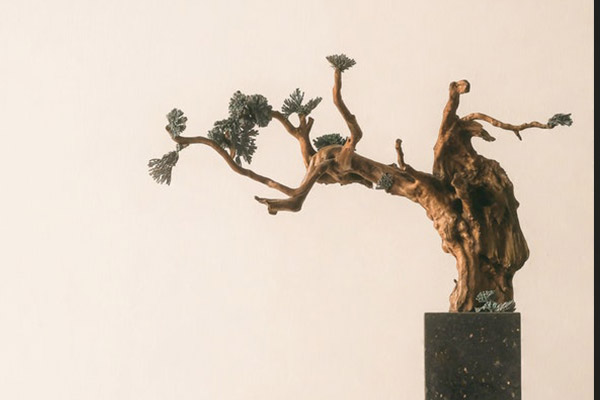As you all know, the achievement of a trained athlete far exceeds that of an untrained person. Through training, however, the untrained can achieve the same result. Having bodhicitta or not is a matter of constant practice, not an unchangeable condition. If we do not start practicing now to generate bodhicitta, we will forever remain selfish and never become Mahayana practitioners. However, as we continue practicing for a period of time, say, three months, half a year, or a year, bodhicitta will certainly be developed to some extent. But it takes more than just practice to arouse bodhicitta. Other supportive measures are also needed, such as learning the merit of bodhicitta, studying and contemplating the relevant Mahayana texts, accumulating the most possible merit, etc. Without doubt, the most important is to cultivate the Four Immeasurables—loving-kindness, compassion, altruistic joy and equanimity. If we can practice in this manner, arousing bodhicitta would not be a difficult task after all. For people who do not practice, it is indeed very difficult. Comparatively, those who are diligent will not find it quite so hard. In any case, all we Dharma practitioners must get pass this one hurdle before going further down the path to liberation.
~ Depicted from THE RIGHT VIEW - The Three Supreme Methods—the ultimate methods of cultivating virtue and training the mind











